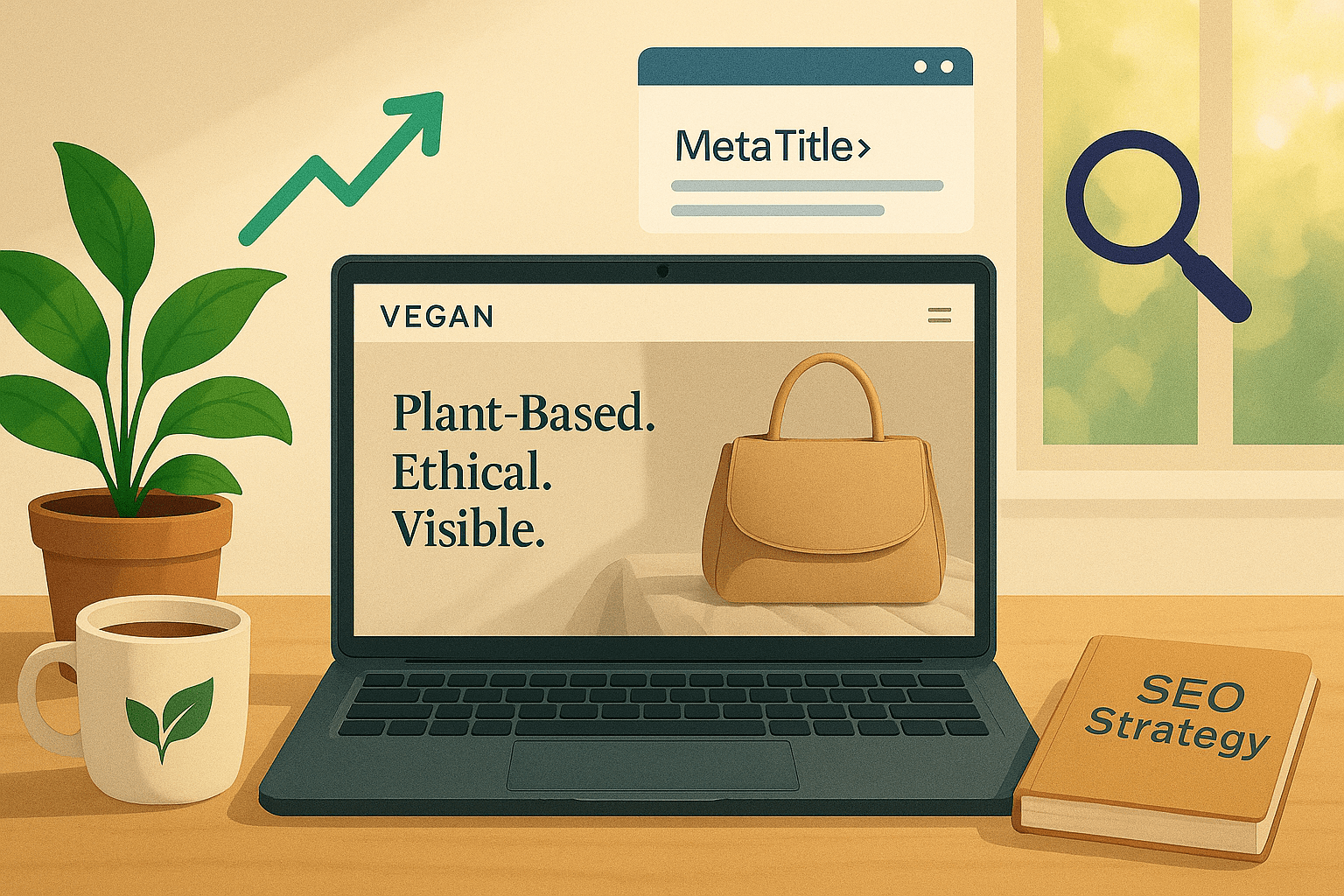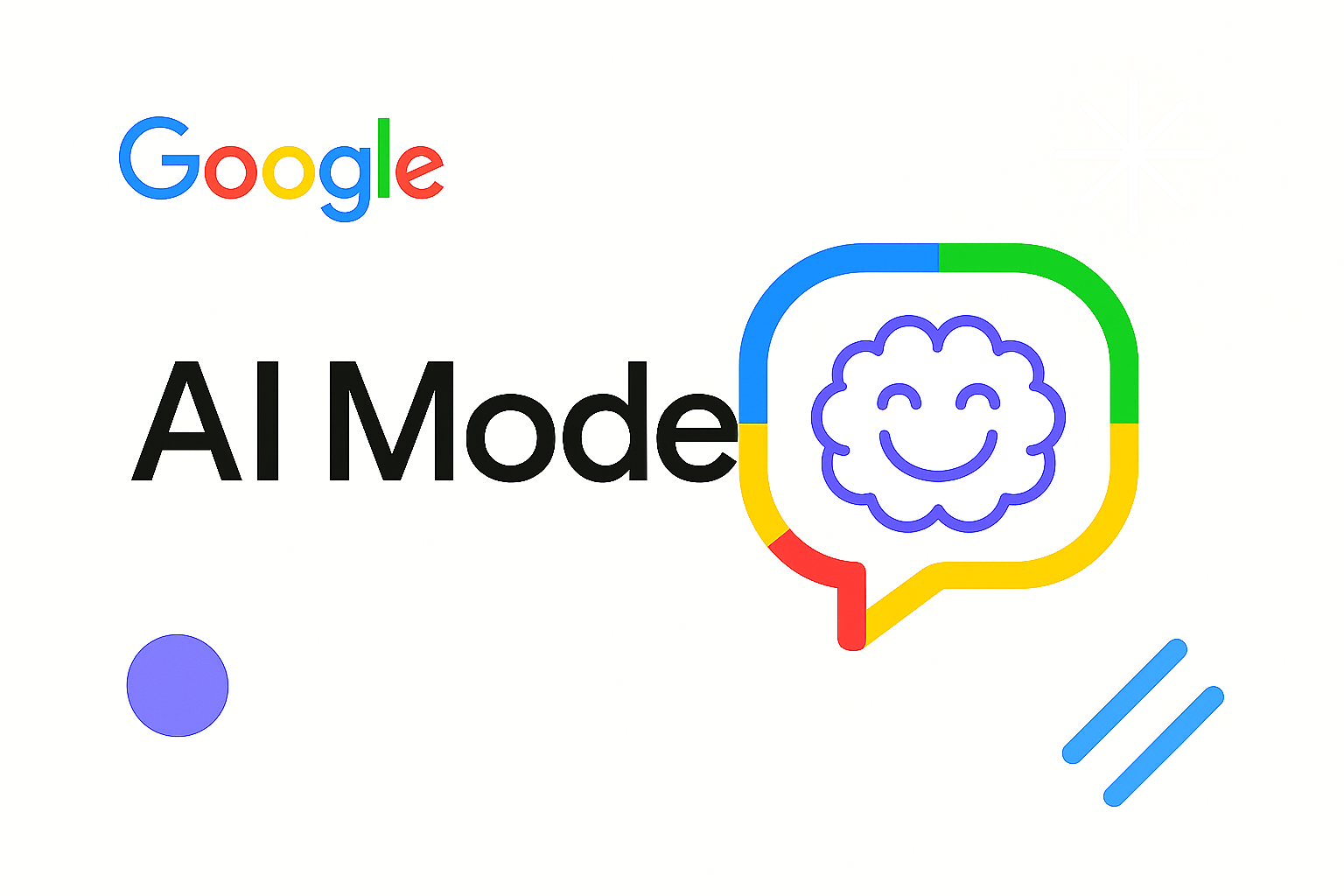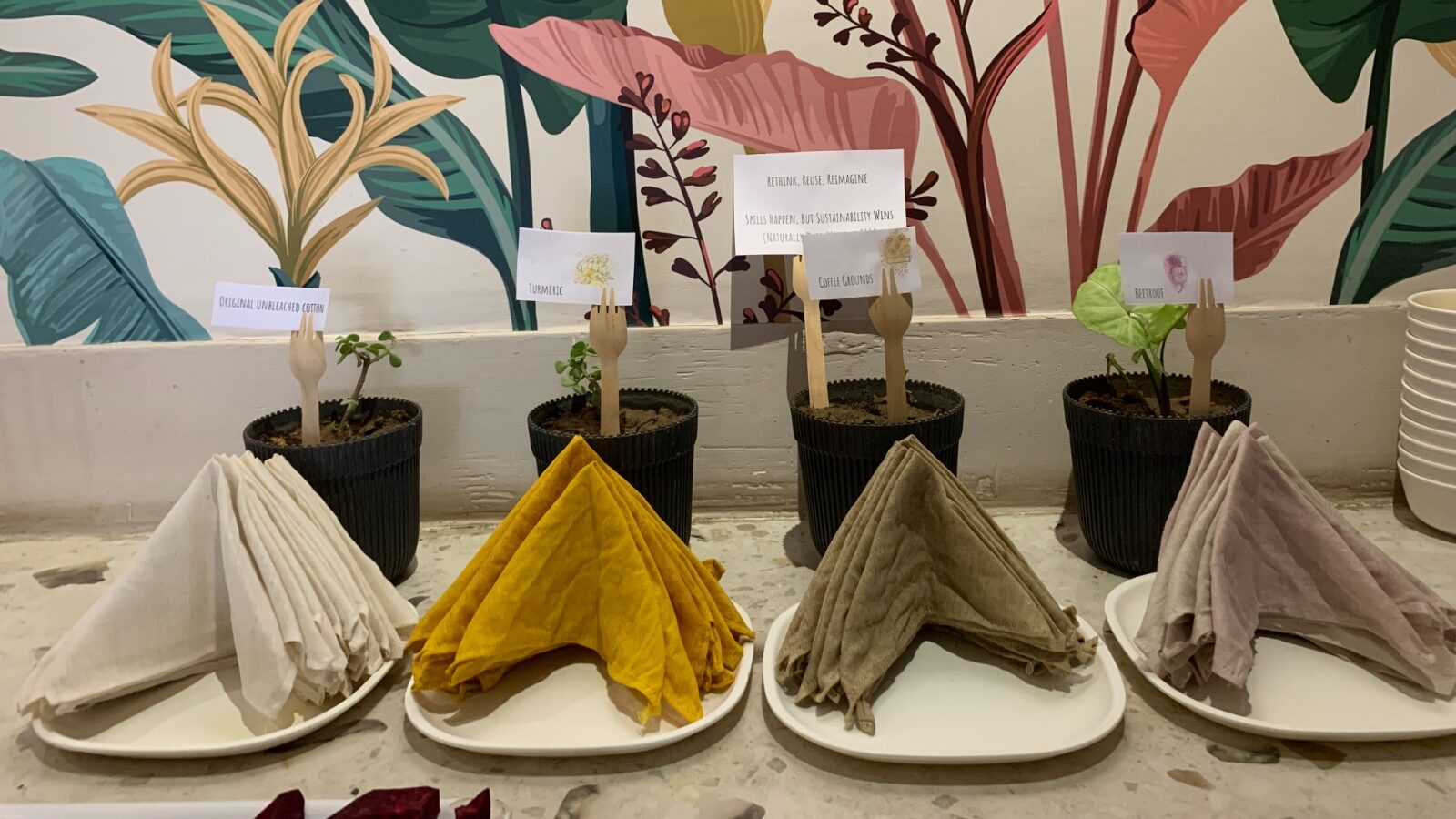
Living Diversity
by CueBlocksIf you’re an AIESEC member, this would have caught your attention instantly.
This post stems from the recent post made by Amit, working in the Equality and Diversity Department of Deutsche Post World Net (DPWN).
Living diversity is easier said than done. Our trained brain cells translate this term into ‘cultural diversity’ almost immediately and we view the complete conversation wearing these colored glasses.
This is the most common problem on the Web. A better part of the Web consists of websites that are unknowingly insensitive to diversity in their content as well as website accessibility.
We wrote interesting articles on Web accessibility and Living Diversity on the Web.
Creating a platform that is sensitive to diverse audience is not an easy task – but when you are providing a service, being able to deliver to your audience regardless of their culture, gender or any disability should be one of the end goals.
BTW, I answered the question correctly Amit – 🙂
- About the Author
- Latest Posts
-
Email Marketing Without Fatiguing Conscious Consumers
by Charanjeev Singh
How to build trust, reduce inbox overload, and engage with intention Email marketing is a powerful tool. It lets …
Continue reading “Email Marketing Without Fatiguing Conscious Consumers”
-
How to Market Vegan Products Without Preaching (or Losing Sales)
by Tapam Jaswal
Marketing vegan products isn’t just about talking to people who already follow a vegan lifestyle. It’s also about connecting with …
Continue reading “How to Market Vegan Products Without Preaching (or Losing Sales)”
-
Vegan SEO: Optimizing Organic Visibility for Vegan Brands
by Tapam Jaswal
More people than ever are interested in vegan products and services. If you run a vegan brand, ensuring customers can …
Continue reading “Vegan SEO: Optimizing Organic Visibility for Vegan Brands”
-
Google AI Mode Explained: How It’s Reshaping Search and Content with Real Examples & Tips
by Tapam Jaswal
If you’re in SEO or content and have been watching Google’s changes, you already know: AI Mode isn’t a minor …
-
Jiva’s Organic Traffic Growth: 354% Surge in 6 Months | CueForGood
by Nida DanishSummary: Jiva’s efforts to empower smallholder farmers weren’t gaining the digital traction they deserved. With a strategic overhaul led by …
Continue reading “Jiva’s Organic Traffic Growth: 354% Surge in 6 Months | CueForGood”
-
What We Learned When We Switched From Disposable Tissues to Reusable Napkins
by Nida DanishAt CueForGood (CFG), we’ve embraced a refreshing change: reusable cloth napkins. While the switch may seem minor, it’s rooted in …
Continue reading “What We Learned When We Switched From Disposable Tissues to Reusable Napkins”





